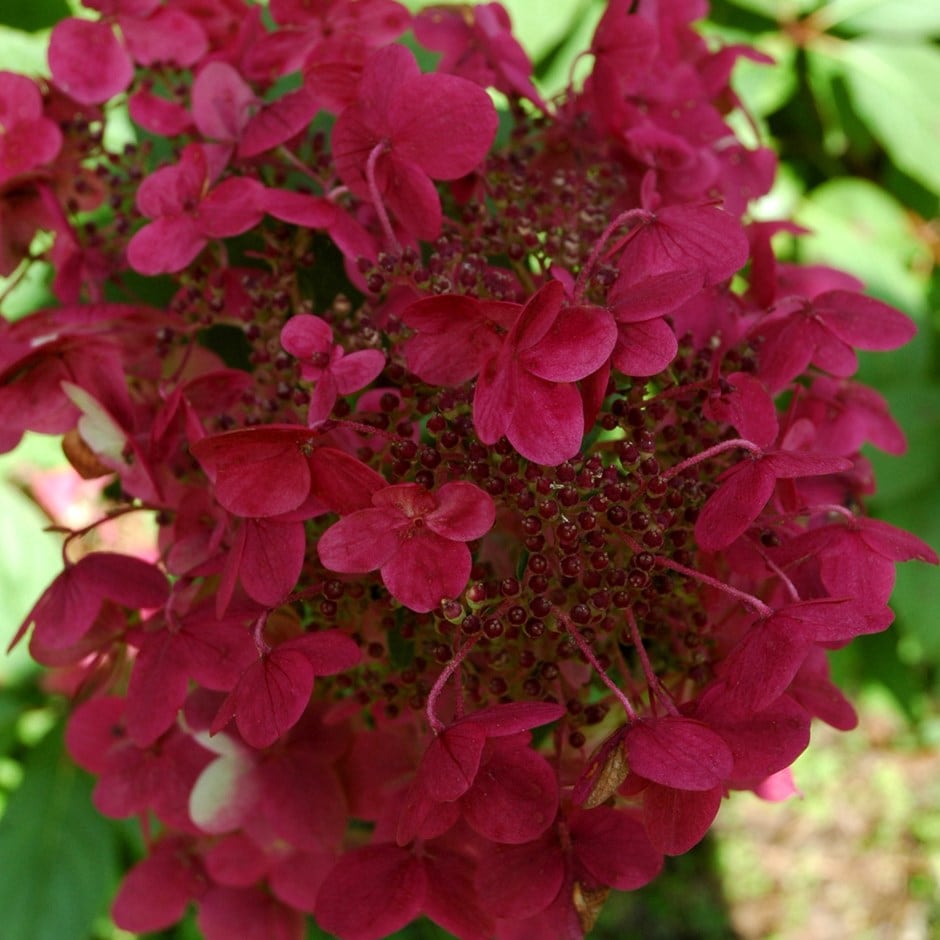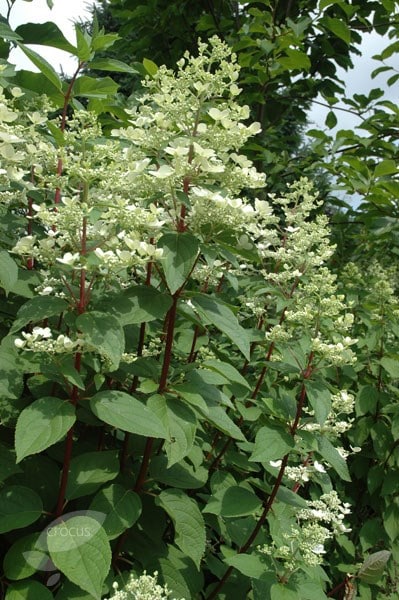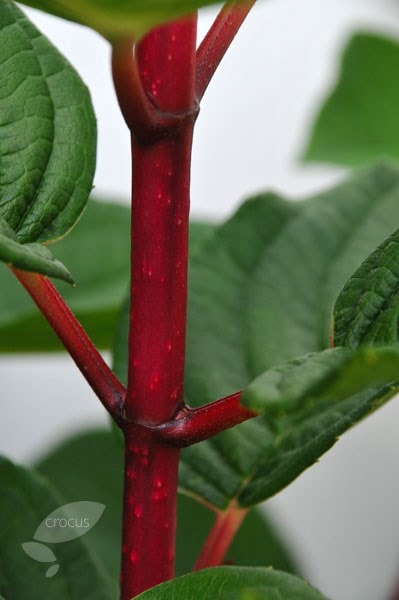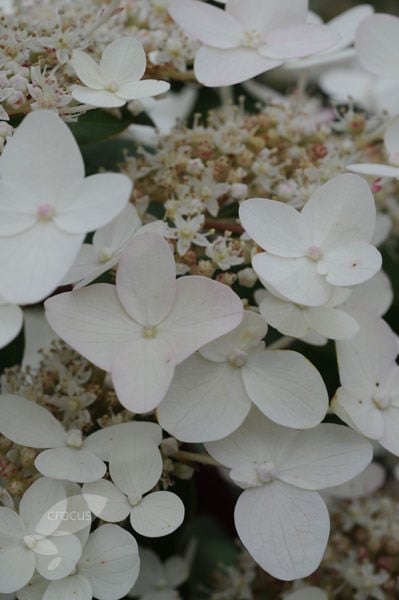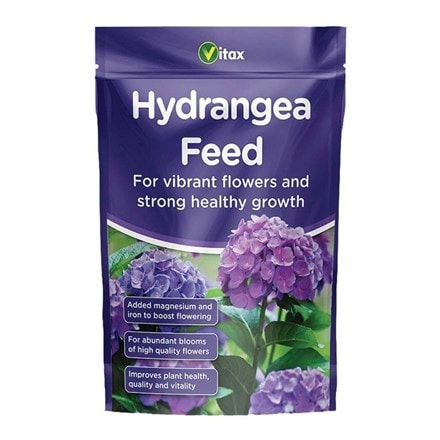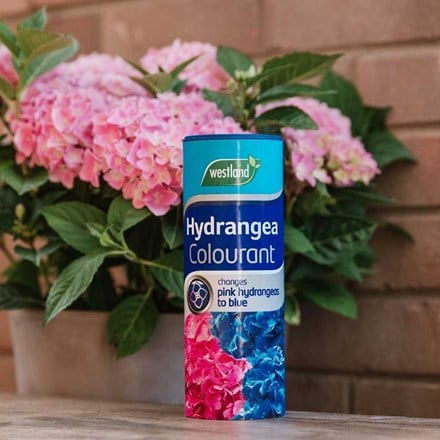Hydrangea paniculata 'Wim's Red' (PBR)
hydrangea
- 2 litre pot
- £26.75
- In stock (shipped within 2-3 working days)
- 3 × 2 litre pots
- £64.99 £21.66 each
- In stock (shipped within 2-3 working days)
Delivery options
- Standard £5.99
- Position: full sun or partial shade
- Soil: moist, well-drained, moderately fertile, humus-rich soil
- Rate of growth: fast
- Flowering period: July to October
- Hardiness: fully hardy
This striking, medium-sized hydrangea produces large, conical flower heads that transform in colour as the seasons progress.
Opening creamy white in early summer, the blooms gradually turn pink before deepening to a rich wine red by autumn. The strong, red-tinted stems support impressive 30cm (12in) long flower clusters, which are also honey-scented and highly attractive to pollinators.
With its long flowering period and vibrant autumn foliage display, Hydrangea paniculata 'Wim's Red' brings months of transitional interest to borders and large patio containers. Dried flower heads can be left for winter interest or collected for indoor arrangements.
Opening creamy white in early summer, the blooms gradually turn pink before deepening to a rich wine red by autumn. The strong, red-tinted stems support impressive 30cm (12in) long flower clusters, which are also honey-scented and highly attractive to pollinators.
With its long flowering period and vibrant autumn foliage display, Hydrangea paniculata 'Wim's Red' brings months of transitional interest to borders and large patio containers. Dried flower heads can be left for winter interest or collected for indoor arrangements.
Choose a spot with partial shade to full sun, though at hotter, sunnier times of the year, partial shade is preferable to protect the blooms and avoid the plant wilting after planting. The soil should be well-drained, rich, and consistently moist, but not waterlogged.
Dig a hole twice the width of the root ball and just as deep, then mix in plenty of organic matter such as compost or well-rotted manure. Place the plant in the hole, backfill with the enriched soil, and water thoroughly. Mulch around the base to retain moisture and keep the roots cool, but keep the mulch away from the stem to prevent rot.
Regular watering is important, especially during dry spells, to ensure the plant establishes well and produces abundant blooms - hydrangeas do not like to dry out.
Once established, to enhance flowering prune hard in late winter/early spring cutting back the previous season's shoots to within a few buds of the permanent, woody framework of the plant.
Dig a hole twice the width of the root ball and just as deep, then mix in plenty of organic matter such as compost or well-rotted manure. Place the plant in the hole, backfill with the enriched soil, and water thoroughly. Mulch around the base to retain moisture and keep the roots cool, but keep the mulch away from the stem to prevent rot.
Regular watering is important, especially during dry spells, to ensure the plant establishes well and produces abundant blooms - hydrangeas do not like to dry out.
Once established, to enhance flowering prune hard in late winter/early spring cutting back the previous season's shoots to within a few buds of the permanent, woody framework of the plant.
- Humans: Skin allergen; Pets: Harmful if eaten
